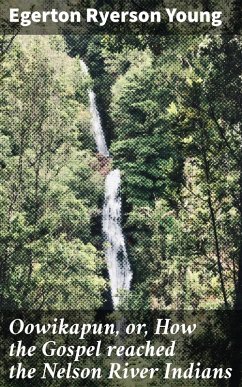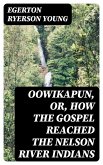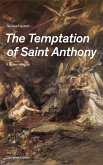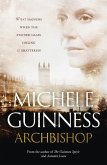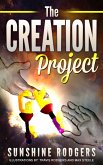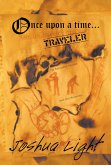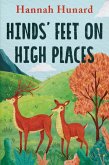In "Oowikapun, or, How the Gospel Reached the Nelson River Indians," Egerton Ryerson Young chronicles the profound impact of Christian missionary efforts among the Indigenous communities of Canada. Through vivid storytelling and a poignant narrative style, Young blends personal anecdotes with historical accounts, offering readers a window into the cultural transformations experienced by the Nelson River Indians. His work not only conveys the spiritual dimensions of the Gospel but also addresses the complex interactions between European missionaries and Indigenous peoples, revealing a rich tapestry of faith, adaptation, and resilience. Egerton Ryerson Young, a prominent Canadian Methodist minister and educator, devoted much of his life to missionary work among Indigenous populations in the late 19th century. His experiences in these communities deeply informed his writings, as he sought to bridge cultural divides and promote understanding. Young's efforts were grounded in a genuine belief in the transformative power of the Gospel, yet he faced the challenges posed by cultural differences and historical injustices, adding depth to his work. This book is essential reading for anyone interested in Indigenous studies, missionary history, or the intersection of culture and spirituality. Young'Äôs compelling narrative not only documents a significant era in Canadian history but also serves as an enduring testament to the complexities of faith and cultural exchange.
Dieser Download kann aus rechtlichen Gründen nur mit Rechnungsadresse in A, B, BG, CY, CZ, D, DK, EW, E, FIN, F, GR, H, IRL, I, LT, L, LR, M, NL, PL, P, R, S, SLO, SK ausgeliefert werden.

